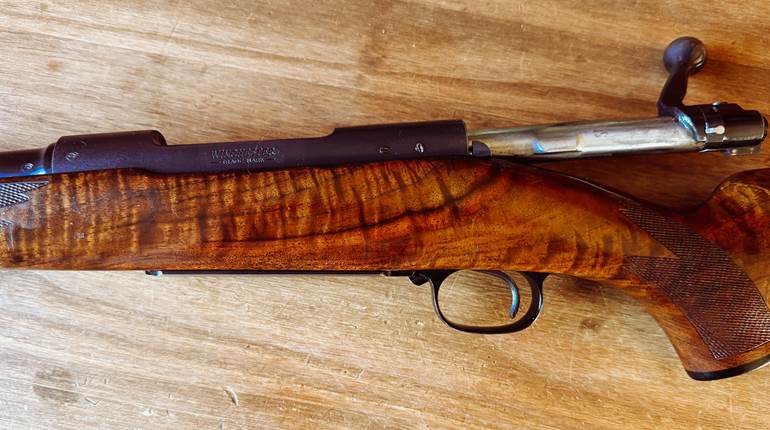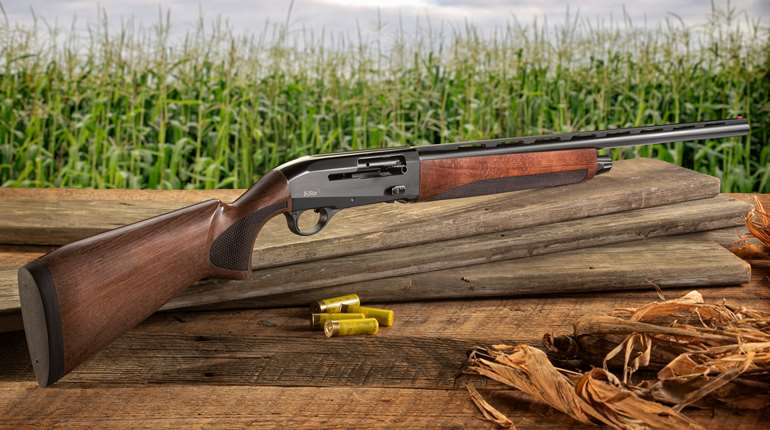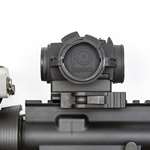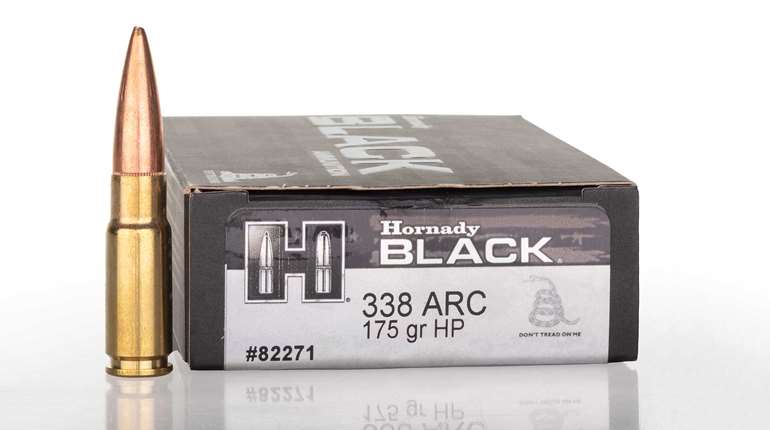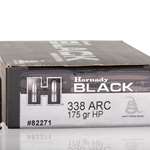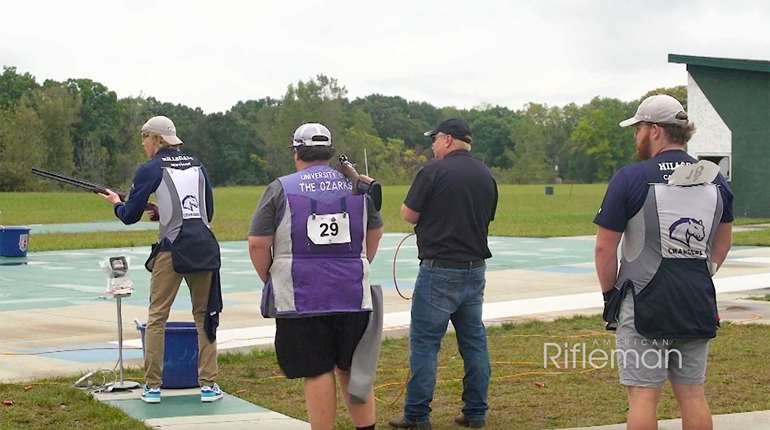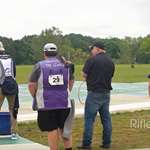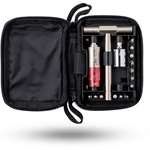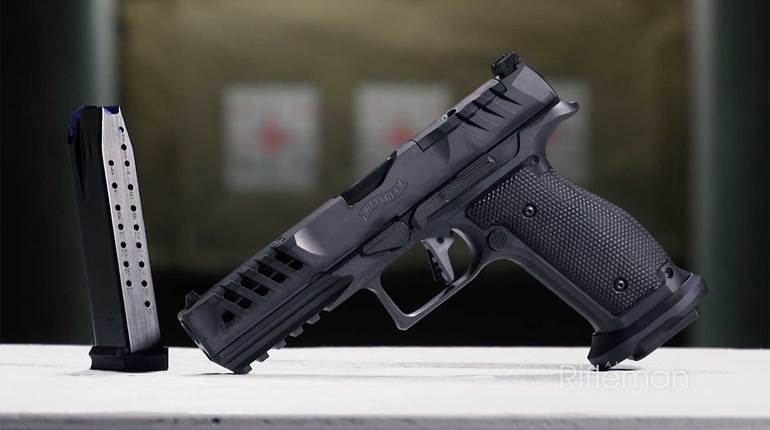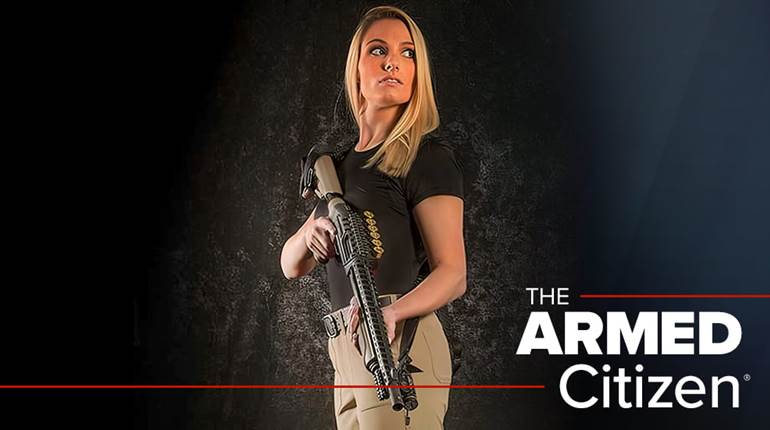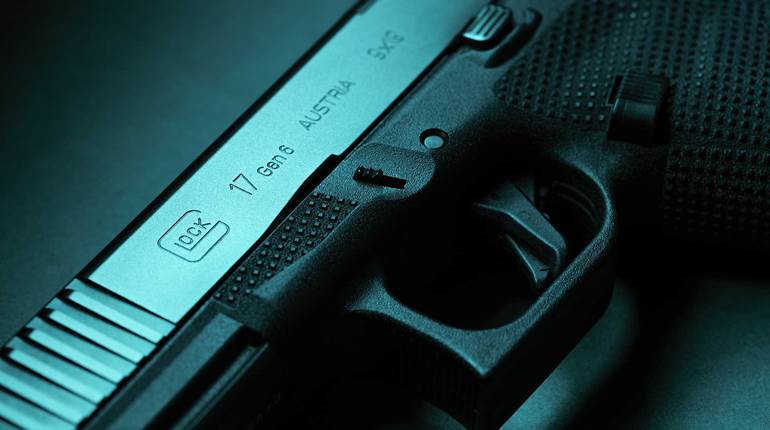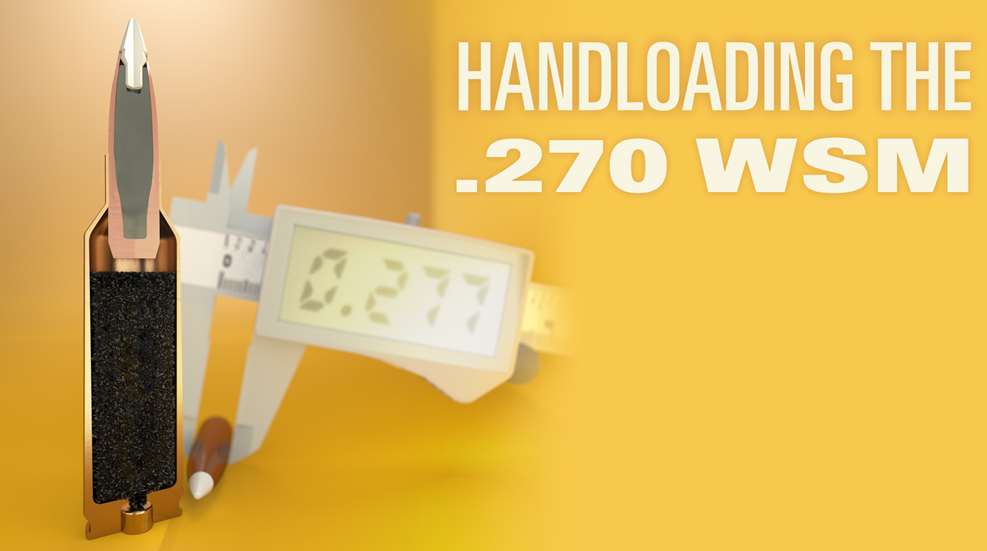
Not long after we rolled into the 21st century, one of the few truly groundbreaking cartridges to come on the scene in some time joined a short, fat upstart to form the basis for a small family line from a big-name maker. That cartridge was the .270 Winchester Short Magnum (WSM), which came on the heels of the successful 2000 launch of its .30-cal. parent, the .300 WSM (May 2001, p. 38).
The .270 WSM debuted to writers a year later and to consumers in 2002. Unlike its parent, though, which entered a crowded field, the .270 WSM was among the few commercial, big-game cartridges that utilized a 0.277"-diameter bullet. In fact, the new cartridge’s chief competition was Winchester’s original .270, which hit the marketplace in 1925, and Roy Weatherby’s answer to it, the .270 Wby. Mag. that arrived on scene 18 years later. Despite having more than a half-century head start on the .270 WSM, the Weatherby had real advantages over the competition.
Re-defining Design
In creating the .300 WSM, parent of the .270 WSM, Winchester took an atypical approach. Rather than adhere to the prevalent practice of designing cartridges around lengthy, voluminous cases—as its chief competitor was doing—the company opted for a short, wide case with modern, accuracy-enhancing features. The beltless case has a 0.535" rebated rim, and ahead of the extractor groove it measures 0.555" wide. Taper is minimal; in fact, between the web and the body-shoulder junction, the cartridge tapers only 0.0169". Along with a 35-degree shoulder, this configuration maximized the usable propellant space (to achieve magnum velocities) while still facilitating reliable cycling. The short, fat powder column also resulted in more uniform ignition, promoting enhanced accuracy and efficiency—less propellant was needed to equal the performance of established magnum cartridges.
Like the .300 Win. Mag., the .300 WSM had a less-than-caliber neck length (0.298"), and its maximum cartridge overall length was set at 2.860". Therein was found the key advantage of the WSM family of cartridges; unlike other “magnum” chamberings, which required a long or magnum-length action, the .300 WSM (and those that followed) fit into most short actions, which were lighter and, given equal design considerations, more rigid. For those who trekked long distances or in arduous terrain, this was a godsend. It was well worth the trade-off of having one less round in the magazine.
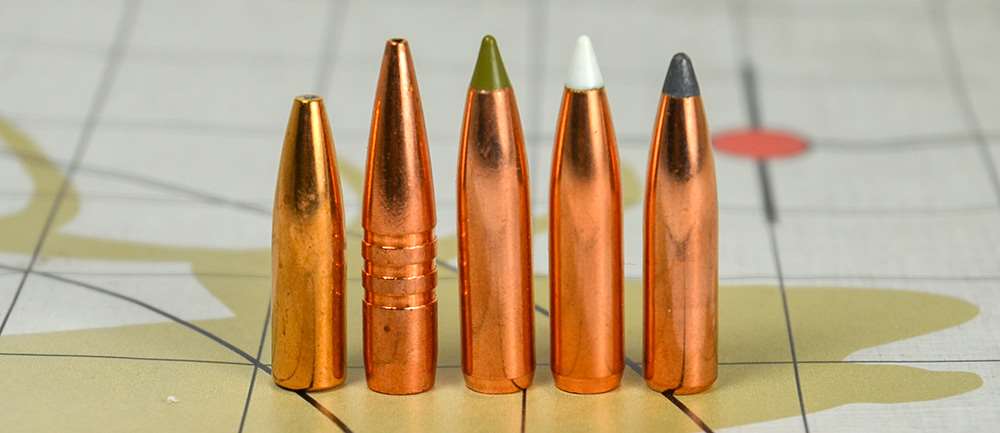
When creating the .270 WSM, Winchester made very few dimensional changes to the .300 WSM parent case. Essentially, the company necked down the parent case to accept 0.277"-diameter bullets, and, at 0.2765", it is just shy of caliber diameter for the neck length. The result is a case that, according to Nosler’s method of measuring capacity, holds between 71.8 and 75.1 grains of water. In comparison, the .270 Win. accepts between 62.8 and 64.7 grains, while the .270 Wby. Mag. can hold from 79.0 to 83.1 grains. With such capacity and a maximum average pressure (M.A.P.) of 65,000 p.s.i., it’s little wonder why the .270 WSM is a petite powerhouse.
Fairly comparing the performance of the .270 WSM and its lengthier ilk is difficult. Almost without exception, velocities gleaned for the .270 Win. and .270 WSM are ascertained using a 24" test barrel, while those for the Weatherby come from a 26" tube. Not to mention that, if a Weatherby rifle is employed, it features the trademark lengthened free bore, though its M.A.P. is 62,500 p.s.i. Despite all this, some conclusions can be drawn.
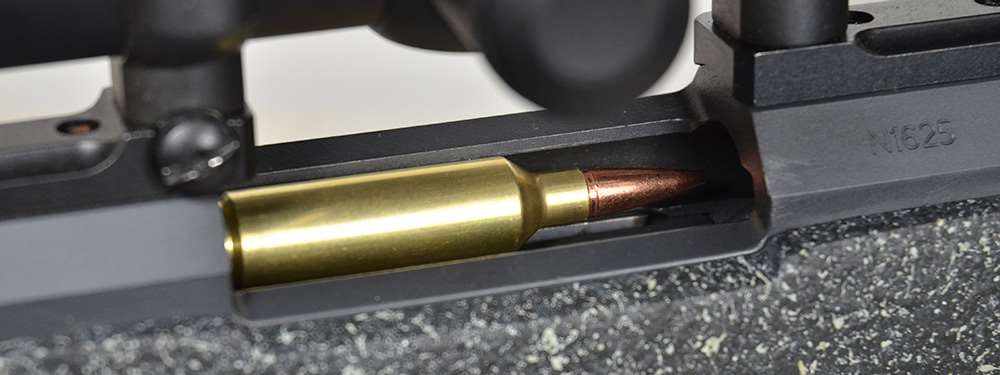
According to SAAMI, a 130-grain bullet in the .270 WSM attains a muzzle velocity of 3,275 f.p.s., 225 f.p.s. faster than the same bullet in a standard (non-Superformance) load in the elder Winchester cartridge and only 75 f.p.s. slower than in the .270 Wby. Mag. (remember the abovementioned differences, though). Increasing the bullet weight to 150 grains, the WSM is listed as hitting 3,150 f.p.s., while the Winchester achieves 2,830 f.p.s. and the Weatherby 3,230 f.p.s.—only an 80-f.p.s. difference between it and the WSM. In the field, that’s negligible. In Nosler Reloading Guide 7, the maximum velocities with a 140-grain projectile are 3,018 f.p.s., 3,237 f.p.s. and 3,293 f.p.s. for the .270 Win., .270 WSM and .270 Wby. Mag., respectively. As you can see, the .270 WSM offers a lot of performance.
Handloading the .270 WSM
Although the .270 WSM entered the marketplace to much fanfare, that has waned over time—especially since the recent introduction of the 6.8 mm Western, a competing cartridge with extra-long-range capabilities that many riflemen feel should have been incorporated into the .270 WSM upon its introduction. That’s neither here nor there, but what is important is that the .270 WSM faces stiff competition from within the company that introduced it. The cartridge also has the 27 Nosler to contend with. In general, interest has decreased and thus development of new loads, as well as supplying ammunition for what seems to be an insatiable market, has led to difficulty in finding loaded .270 WSM ammunition. For example, at the time this was written, MidwayUSA listed 26 loads, yet none were available, so handloading seems to be almost required to take advantage of what the cartridge offers. Fortunately, if you have the brass on-hand or can find a source for it, the handloading process is relatively straightforward.
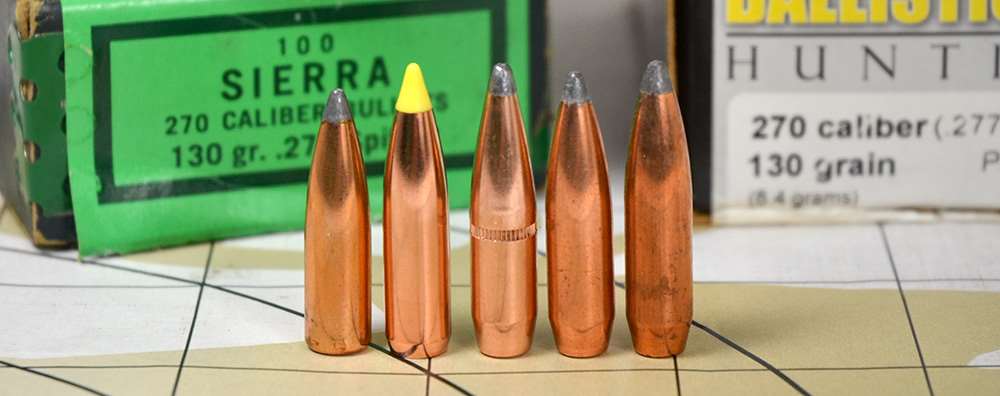
Component cases for the .270 WSM, as with most chamberings, are hit-or-miss now. Fortunately, component brass is made by Winchester, Federal, Hornady, Nosler and Norma. Recently, I found Hornady brass for sale online for a reasonable price, but had reserves of Winchester brass, which were used for developing the loads shown in the accompanying table. If they’re cared for, 50 pieces of brass will last the big-game hunter many seasons.
Given that the .270 WSM is foremost a hunting cartridge, it’s preferable to use a full-length sizer die to ensure reliable cycling. However, through neck sizing, case life can be extended, and there’s the potential for a gain in accuracy to consider, too. Reloading dies in .270 WSM are available from major manufacturers and are found among the generic chamberings, so they’re affordable.
Bullet selection isn’t as simple for the .270 WSM, and it’s getting trickier. First, with a maximum cartridge overall length (C.O.L.) of 2.860", and maximum case length of 2.100", that allows for 0.76" of bullet projection from the case. What’s more, the short-action rifles that house the WSM family of cartridges rarely have extra room in the magazine to allow the bullet to be seated farther out. Therefore, particularly lengthy bullets aren’t the best choices.
While most lead-core “hunting” projectiles weighing between 130 and 150 grains will cause few issues due to their shorter lengths, be cognizant of overall length and if bullet jump is critical/sensitive before buying. Especially streamlined, high-ballistic-coefficient (BC), lead-core bullets and those that are leadless can venture deeply into the case, thereby reducing usable space for propellant. This is compounded when case fill approaches 100 percent, which is common. When extruded propellants are used, compression could be required.
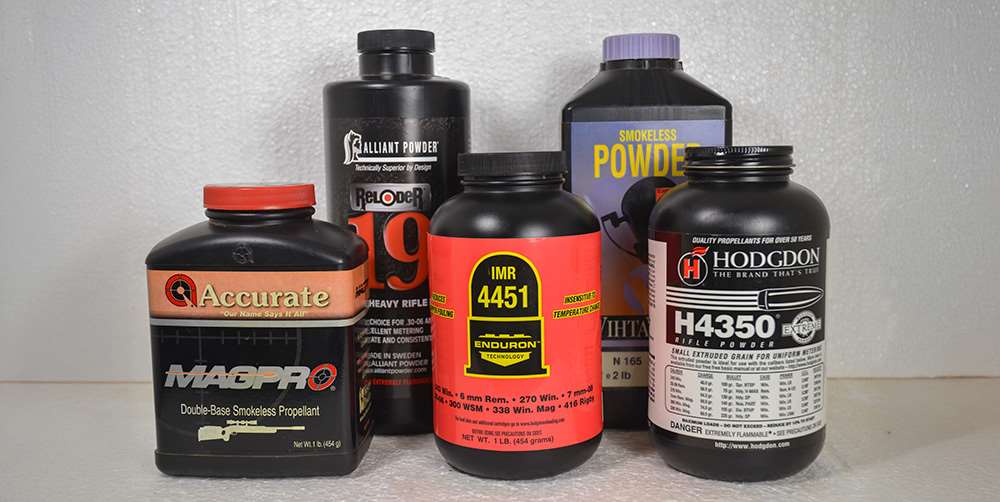
One must remember, too, that most rifles chambered in .270 WSM have a 1:10" twist rate, which is incompatible with many of the newer, extra-high-BC bullets designed for the 6.8 mm Western. Stick with those that are identified as stabilizing in a 1:10" twist, as well as offering the ballistics you desire without adversely affecting velocities.
 Thanks to the longevity and popularity of the elder .270 chamberings, there’s an immense selection of 0.277" bullets to choose from. Hunters looking for bullets that’ll expand reliably at longer ranges should investigate the Hornady ELD-X, Berger Classic Hunter, Sierra GameKing, Hornady SST and Nosler Ballistic Tip Hunting. I’ve field-tested a variety of projectiles ranging from Sierra 130-grain GameKing SBT and Nosler 130-grain Ballistic Tip Hunting to the Hornady 145-grain ELD-X and Winchester 150-grain Power-Point, among others, and all have proven worthy on the medium-sized Virginia whitetail I chase. All have been one-shot kills, and most have succumbed very rapidly.
Thanks to the longevity and popularity of the elder .270 chamberings, there’s an immense selection of 0.277" bullets to choose from. Hunters looking for bullets that’ll expand reliably at longer ranges should investigate the Hornady ELD-X, Berger Classic Hunter, Sierra GameKing, Hornady SST and Nosler Ballistic Tip Hunting. I’ve field-tested a variety of projectiles ranging from Sierra 130-grain GameKing SBT and Nosler 130-grain Ballistic Tip Hunting to the Hornady 145-grain ELD-X and Winchester 150-grain Power-Point, among others, and all have proven worthy on the medium-sized Virginia whitetail I chase. All have been one-shot kills, and most have succumbed very rapidly.
Due to the .270 WSM’s elevated velocities, controlled-expansion and mono-metal projectiles would be preferable on larger, tougher game due to potential jacket-core separation with lead-core projectiles. Concerning the latter, a bonus is that you can step down in weight (and thus use a shorter overall length projectile) and still have equivalent (or better) weight retention and deep penetration. Among the best are the Nosler E-Tip, Barnes LRX, TSX and TTSX, and Hornady CX, to name a few. Good controlled-expansion bullets featuring lead include the Speer Grand Slam, Nosler AccuBond and Partition, Swift Scirocco II and A-Frame, and Woodleigh Weldcore.
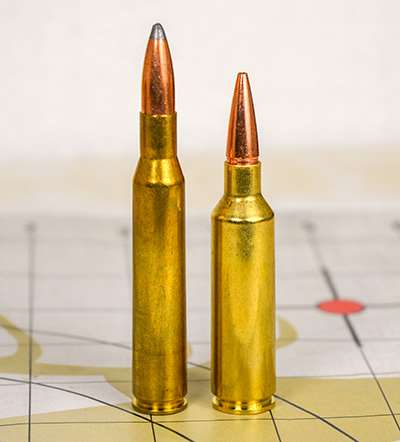
Should you desire off-season practice or to rid the pasture of pests, there are fragile, lightweight .27-cal. bullets suitable for varminting. Among the best is Hornady’s 110-grain V-Max, which can be propelled upward of 3,400 f.p.s.
The .270 WSM requires propellants with burn rates at the slower end of the spectrum, and there are numerous options from which to choose. Among my favorites are the stalwarts: IMR 4350, H4350, Reloder 19 and 22, Ramshot Magnum, Accurate MagPro, and Vihtavuori N165 and N560. Other good bets include: Reloder 16, 17, 22, 23 and 26, IMR 7828 and 4451, Win 760, H380, H1000, and Vectan Tubal 7000 and 8000. The reloading manuals I referenced call for a magnum large rifle primer for ignition.
Given the frequent introduction of new cartridges during the past few decades, and the gross overuse of effusive adjectives to describe each, it’s easy to overlook those that truly are “revolutionary.” The .270 WSM was one of them. Offering .270 Wby. Mag.-like performance from a lightweight, short-action rifle? Yeah, that’s innovative. And, for what it’s designed to do—hunt big game at practical ranges—it’s still a tough one to beat.















